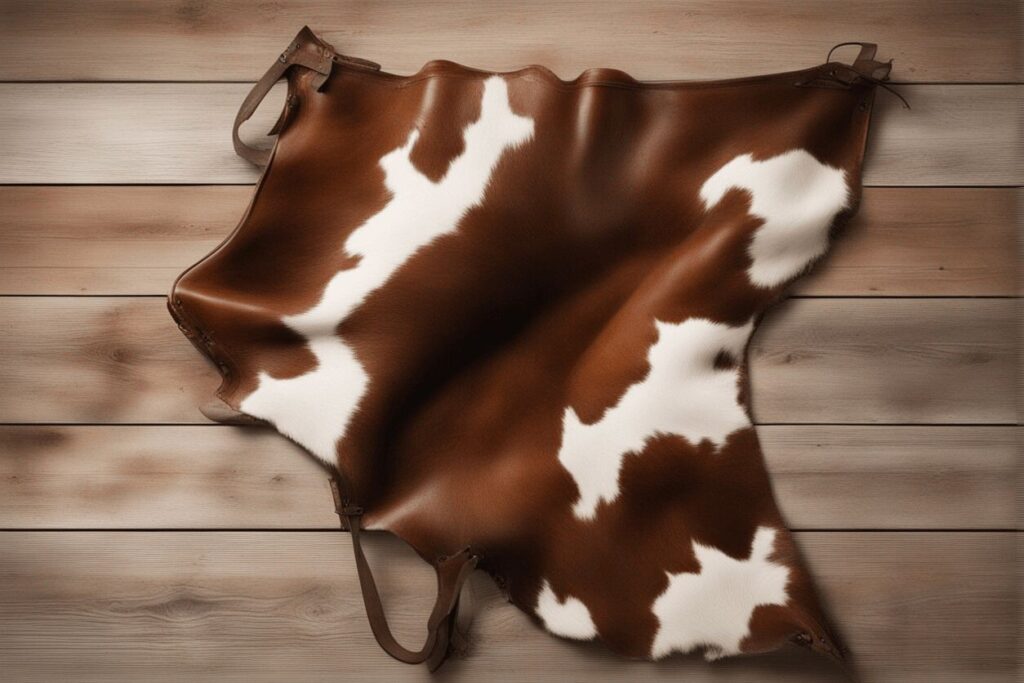Is there a big difference between real and fake leather?
Introduction to Real and Fake Leather
The leather industry, a cornerstone of fashion and upholstery, has long been a subject of debate and scrutiny, especially when it comes to distinguishing between real and fake leather. Understanding the differences is crucial, not just for aesthetic reasons, but also for ethical, environmental, and quality considerations. In this article, we delve into the world of leather, exploring the nuances that set apart genuine leather from its synthetic counterparts.
Difference in Appearance
Real leather, derived from animal hide, boasts a unique texture and patina that ages gracefully over time. In contrast, fake leather, often made from plastic polymers, lacks this natural aging process and often appears more uniform. The surface of real leather displays natural imperfections, a hallmark of authenticity, while fake leather tends to have a more consistent, patterned appearance.
Manufacturing Processes and Materials Used
The journey of real leather begins with the tanning of animal hides, a process that preserves the material and enhances its durability. Synthetic leather, on the other hand, is a product of modern manufacturing, involving the use of materials like polyvinyl chloride (PVC) or polyurethane. These processes not only differ in technique but also in their environmental impact, which we will explore further.
Durability and Quality Comparison
When it comes to durability, real leather generally outperforms its synthetic counterpart. Genuine leather products, like a leather duffle bag or a leather handbag, can last for decades if properly cared for. Synthetic leather, while initially appearing similar, often wears down more quickly, losing its appeal over time.
Price Comparison
The price tag is another area where real and fake leather diverge significantly. Real leather products tend to be more expensive due to the cost of sourcing animal hides and the labor-intensive production process. Fake leather offers a more budget-friendly alternative, but this often comes at the cost of quality and longevity.
Environmental Impact and Sustainability
The production of real leather has a significant ecological footprint, primarily due to the resources required for animal farming and the tanning process. Synthetic leather, while avoiding the ethical concerns of animal hide, raises environmental issues due to its plastic-based materials and the pollution associated with their production.
How to Identify Genuine Leather and Spot Fake Leather Products
Identifying genuine leather involves a few key steps:
- Smell Test: Real leather has a distinct, natural scent, unlike the chemical odor often associated with fake leather.
- Texture and Flexibility: Genuine leather feels warm and flexible, while fake leather is usually colder and more rigid.
- Price and Brand: High price tags and reputable brand names are often good indicators of real leather.
Pros and Cons of Using Real and Fake Leather
Real Leather Pros:
- Durability and longevity
- Unique appearance with natural imperfections
- Ages beautifully over time
Fake Leather Pros:
- More affordable
- Uniform appearance
- Vegan-friendly
Real Leather Cons:
- Higher cost
- Ethical and environmental concerns
Fake Leather Cons:
- Less durable
- Environmental impact of plastic materials
- Lacks the unique qualities of real leather
Conclusion
In conclusion, the differences between real and fake leather are significant, impacting not only the appearance and quality of products but also their environmental and ethical implications. As consumers, understanding these distinctions helps in making informed choices, whether you’re in the market for a new leather jacket, a luxury item, or an eco-friendly alternative.
FAQs (Frequently Asked Questions):
External Links:

